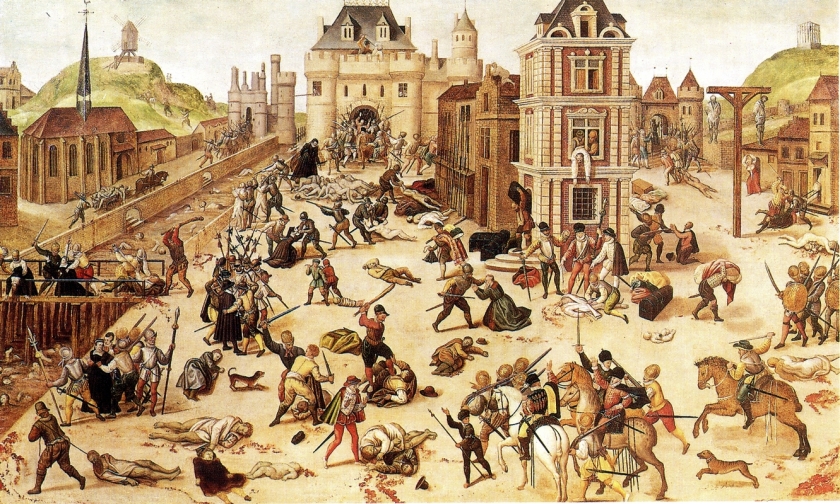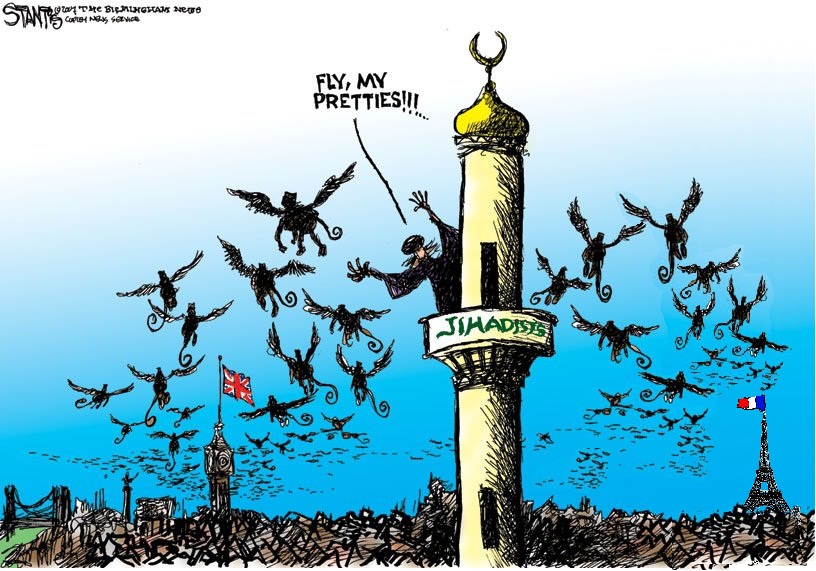It sometimes seems as if Baghdad is the most lamented city on earth. The sectarian violence, the terrorism, the ruined infrastructure and uncertain future; in short, encompassing insecurity for all its inhabitants, both domestic and foreign.

How can one reconcile this devastated capital with the city that embodied the greatness of the Abbasid Caliphate, that unsurpassed centre of learning and commerce that held together an empire stretching from Andalusia to Central Asia?
In the 760s the second Abbasid Caliph, Al-Mansur, built the Madinat al-Salam on the banks of the Tigris, the fabled ’round city’ that would become what we know as Baghdad. His astute, economical and, when necessary, ruthless rule firmly entrenched the Abbasids as the successors of the Umayyads, in the process etching Baghdad onto the world map.

Al-Mansur’s successors prospered thanks to his tightfisted ways, the imperial treasury overflowing by the late 8th century, ushering in a period of territorial expansion and bold cultural expression. The Abbasids would soon reach their zenith under the rule of Harun al-Rashid (r. 786-809), a formidable ruler whose life directly inspired many of the tales spun in The Book of One Thousand and One Nights.
This rapid period of Abbasid consolidation and growth soon made Baghdad one of the preeminent cities of the Middle East, an equal to Aleppo and Damascus as a place of religious, cultural and educational authority. The cities of western Europe could barely compete with the splendour of the Abbasid capital or its all-seeing Caliph.

Very little, if anything, remains of the original ’round city’. Like so many of Iraq’s archaeological treasures, centuries of warfare have caused them to be obliterated, the rise of ISIS and its complete contempt for anything of historical importance a continual threat to this magical legacy.
Of course, anyone that sees ISIS as an unusually barbaric incarnation of terror would do well to remember the intermittent horrors of Iraqi history, from the Abbasids up to the rule of Saddam Hussein and the subsequent US occupation.

A particular episode in this bloody narrative that creates pause for thought occurred in the early 15th century and is related below:
In 1401, the Turkic warlord Tamerlane, the Conqueror of the World, stormed the city [Baghdad] and ordered every soldier in his army to bring him a Baghdadi head – or two. And they did: 90,000 severed heads were piled into 120 towers – Tamerlane’s terrifying battlefield signature. (Marozzi, p.30)
This followed an almost equally brutal ransacking of the city by Tamerlane’s Mongol predecessor Hulagu Khan in 1258, whose destruction of Baghdad and execution of the caliph Al-Mustasim signalled the end of the Abbasid dynasty.
Even ISIS has not been able to recreate such staggering atrocities, though that has not diminished the fear the terrorist group is capable of provoking in ordinary citizens and politicians alike.
What the people of Baghdad have proven throughout their history, however, whether in times of prosperity or destitution, is an uncompromising resilience. A city that was the envy of the world has been taken to the brink of destruction on more than one occasion, only to rebound. Its people are the reason why, their proud sense of history overcoming the humiliation of foreign invasion, the scourge of insecurity and the devastating personal losses to rebuild, to resurrect the rubble of the past and create the vision of a future.

The glory days of the Abbasid Caliphate may seem unattainable but the prospect of peace is enough to make people fight on and despite the pessimism of many in the international community, Iraq and Baghdad will continue to fight.
“Who will change old lamps for new ones?… new lamps for old ones?” (Aladdin, One Thousand and One Nights)
Source
Marozzi, Baghdad: City of Peace, City of Blood (2014)



